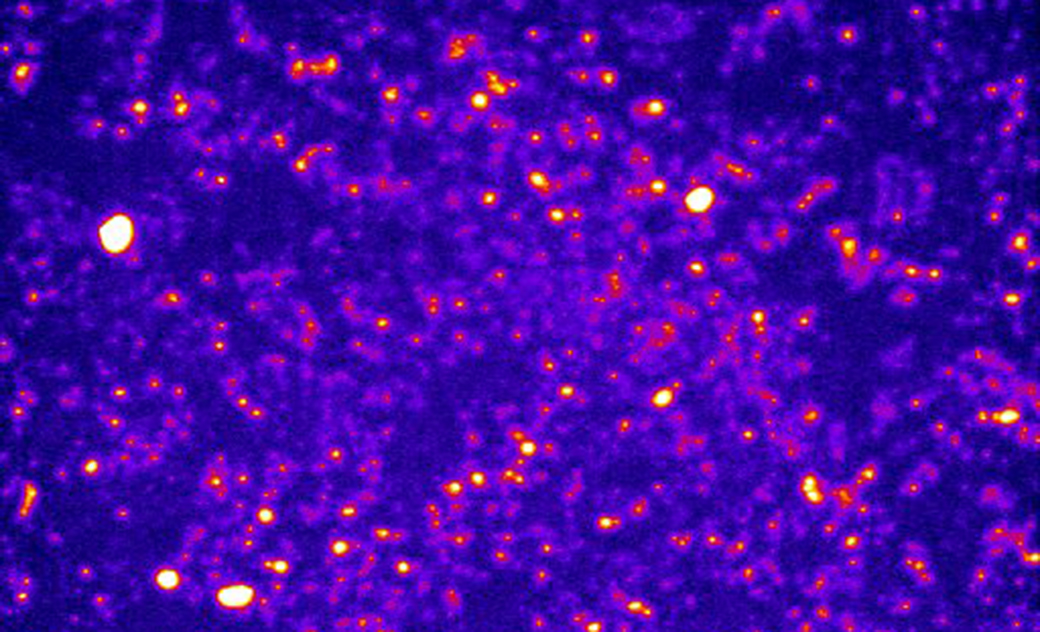Basic and Clinical Science
Our research areas include pharmacology, psychology and clinical medicine, and aim to foster a strong collaborative environment between the basic, applied and clinical sciences. This approach seeks to provide novel insights into conditions such as Parkinson’s, heart disease, obsessive compulsive disorder and end-stage kidney disease.
In REF2014 members of the Unit were rated 72% world-leading/ Internationally Excellent in UoA 3.
Research in the unit is grouped under three main themes:
Disease mechanisms
The Disease Mechanisms group is housed in a £50 million research building where we are engaged in research using isolated cells, stem cells and animal models of human disease to study the physiology and pharmacology of diseases such as Parkinson’s disease, diabetes, cardiovascular disease, and gastrointestinal sensory and motility dysfunction.
Our academic staff have research backgrounds in academia and the pharmaceutical sector and are experts in their field. As a group we utilise a wide range of experimental techniques to investigate neuronal (peripheral and central nervous system) and smooth muscle function including, electrophysiology, confocal microscopy, ELISA, receptor binding, in-vivo behaviour, myography, and gastrointestinal peristaltic models.
Clinical management of disease and illness
The clinical group encompasses speciality areas across the healthcare spectrum. Collaboration with NHS partners is key to our aim of enhancing the evidence-base of clinical practice. We work closely with local partners especially East and North Hertfordshire NHS Trust and Hertfordshire Partnership University NHS Foundation Trust. We also collaborate with many other NHS and academic institutions nationally and internationally.
Research in this group is led by academic staff and consultant clinicians affiliated with the department. The areas include:
- Cardiology
- Nephrology
- Oncology
- Psychiatry
- Respiratory
- Rheumatology
- Urology
The group consists of academic and clinical staff, MDs, PhDs and Visiting Fellows and Professors, which facilitates an innovative and impactful research culture.
Psychology of long-term conditions
The Psychology in Long-Term-Conditions team specialises in Health Services Research, and works closely with the Health Research Methods Unit, NHS trusts and a range of academic partners on national and international healthcare projects.
The research conducted in this work-group aims to understand and improve the health and well-being of people with long-term conditions
Members of this unit have particular expertise in:
- Longitudinal studies in illness patterns and trajectories.
- Exploring people’s experiences of living with long-term conditions.
- Developing and assessing the effectiveness of psychological interventions for people with long-term conditions.
- Developing effective ways of supporting people in managing their health care needs.
Biomedical Imaging/Preclinical Imaging
Adapting optical and near-infrared (NIR) imaging techniques applied in astronomy, Professor Sean Ryan is investigating biomedical imaging applications, especially those utilising fluorescent and phosphorescent nanoparticles.
Working with colleagues at the University of Hertfordshire and the UCL Centre for Advanced Biomedical Imaging Professor Ryan has developed a novel approach to exciting optical and NIR emission from quantum dots using clinical X-ray facilities. This technique has the advantage of achieving deeper tissue imaging than optical techniques, ushering in new possibilities for pre-clinical imaging in support of tumour and drug research. This work is being conducted in partnership with Xstrahl and CABI/UCL via MRC Innovation Scholar funding. Read the scientific report, 'Imaging of X-Ray-Excited Emissions from Quantum Dots and Biological Tissue in Whole Mouse' to learn more.
Modifying the surface chemistry of nanoparticles allows them to be preferentially absorbed or blocked in their interaction with cells. Working with Dr Laura Urbano at the University of Hertfordshire, Professor Mark Green and Dr Aliaksandra Rakovich at Kings College London and colleagues at other UK universities, Professor Ryan is exploring the diagnostic potential of other fluorescent nanoparticles as imaging agents in cells. Read the article, 'Theranostic Near-Infrared-Active Conjugated Polymer Nanoparticles' to find out more.
